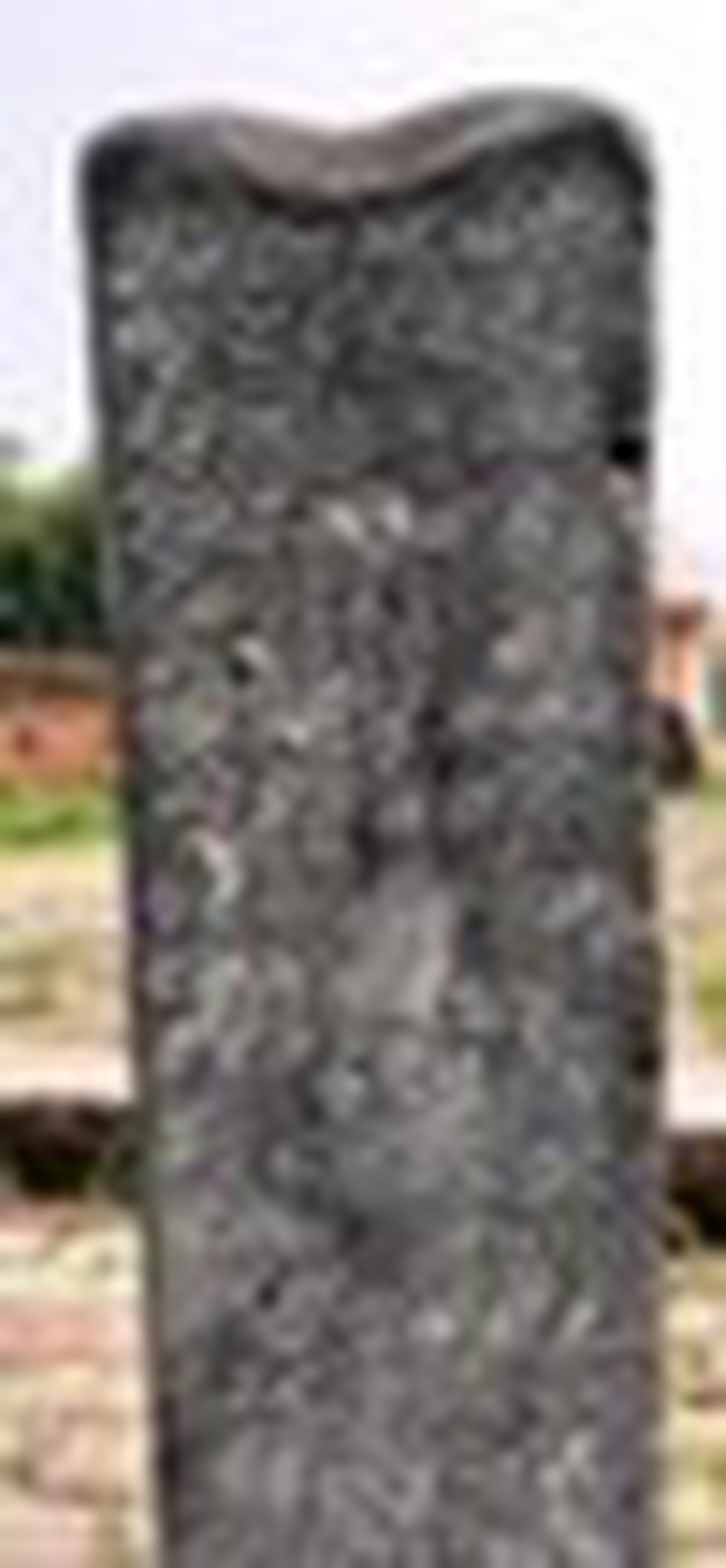About Kadamba inscription:
- It is written in Kannada and Sanskrit. The inscription opens with an auspicious word be it well (Swasthi Shri).
- It records that when Talara Nevayya was administering the mandala, his son Gundayya having taken a vow to fulfil his father’s desire of capturing a gopura of the port of Goa, fought and died after fulfilling his father’s wish.
- Very interestingly, the record is composed as a vocal statement on the death of his son from the mouth of a lamenting father.
- It is in the literary style of the Talangre inscription of Jayasimha I of the same period.
Key facts about Kadambas of Goa:
- The Kadambas of Goa were the subordinates of Chalukyas of Kalyani.
- Chalukyan emperor Tailapa II appointed Kadamba Shasthadeva as mahamandaleshwar of Goa for his help in overthrowing the Rashtrakutas.
- Kadamba Shasthadeva conquered the city of Chandavara from the Shilaharas in 960 A.D.
- Later, he conquered the port of Gopakapattana (present day Goa).
